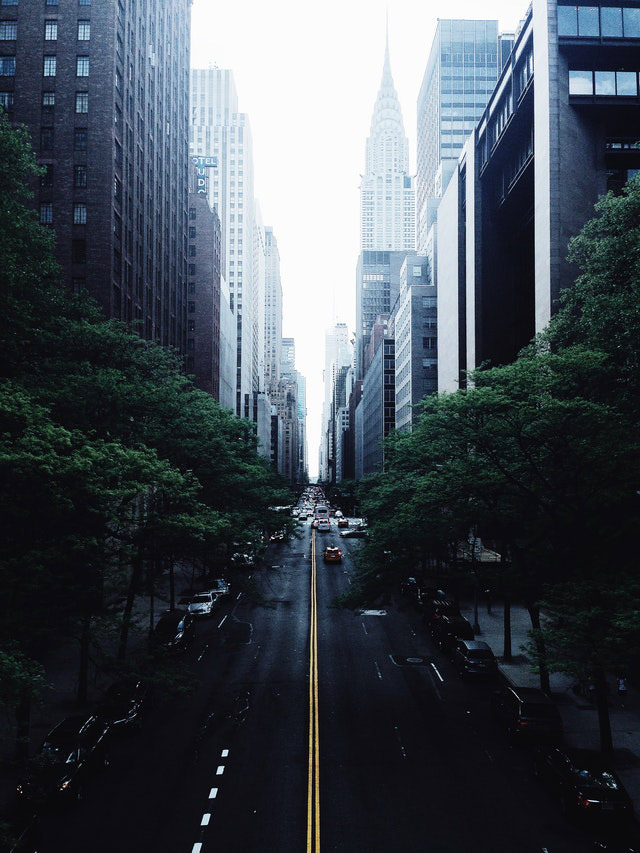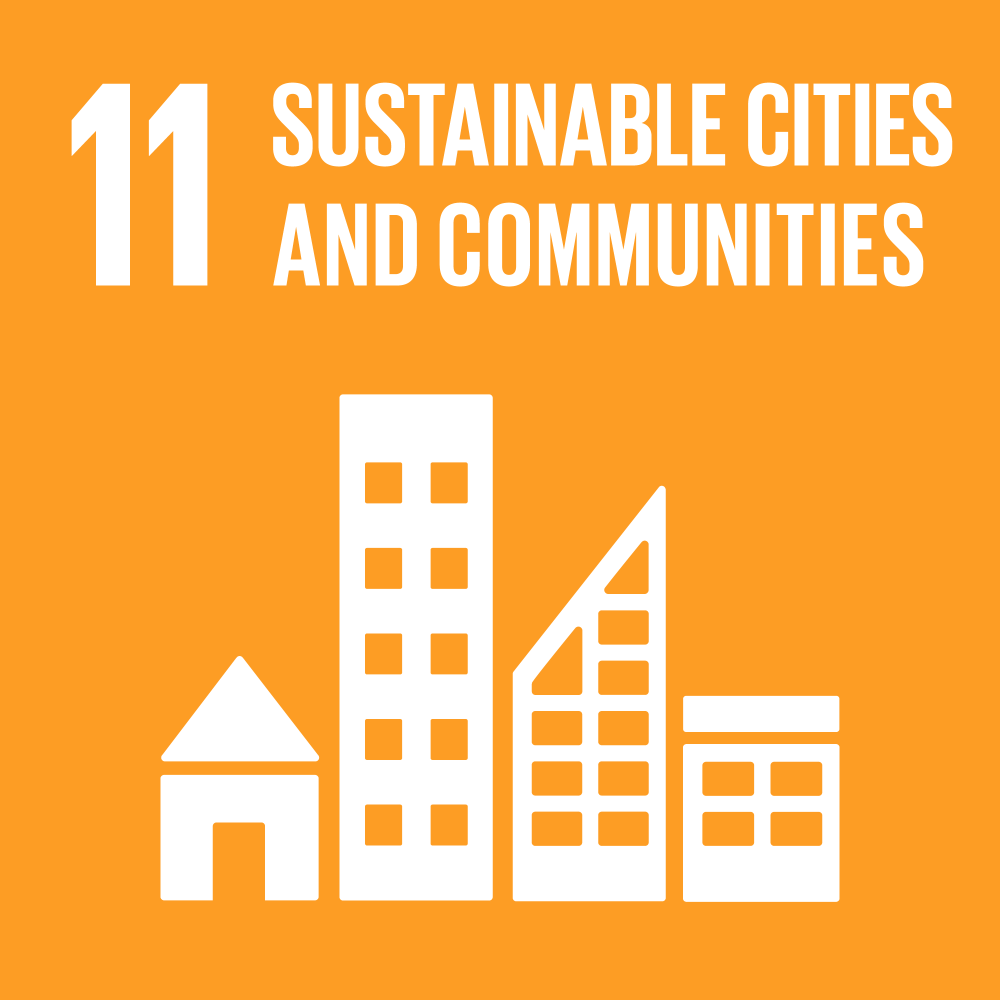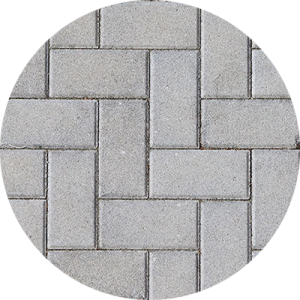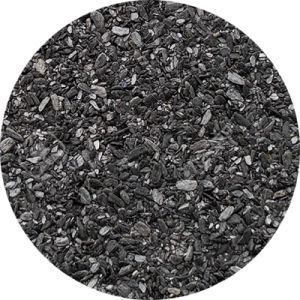Who are you?
The city official
Urban environments are known for being surrounded by unwanted harmful particles, such as NOx and VOCs. In generic terms, it’s called air pollution. Consequently, cities have to spend billions of money yearly providing healthcare for their population.
In Photocat we strive to improve the local air quality by continuously innovating and pushing boundaries. We engage public authorities and companies to collaborate on innovative projects with intelligent building materials. We provide solutions that contribute to both the health and the environmental agenda in cities.
We do it by joining forces with our partners in the building- and infrastructure sector. Together we advocate for the right to breathe clean air, and we promote a healthier environment through active surfaces that reduce air pollution in cities by using light.
Why your city should seek to improve its a quality through active surfaces
Around 8 million people die prematurely due to air pollution worldwide (United Nations, 2016). In Europe the number related to premature deaths due to poor air quality is more than 400,000. Approximately 90 % of the world’s population is exposed to hazardous air quality and live in places where the WHO guideline limits for air quality are exceeded.
“As a society, we should not accept the cost of air pollution. With bold decisions and smart investments in cleaner transport, energy, and agriculture, we can both tackle pollution and improve our quality of life,” says EEA Executive Director Hans Bruyninckx
Poor air quality is directly linked to several severe illnesses: heart disease, stroke, chronic lung disease, cancer, and asthma. Especially children and elders are at risk. Air pollution causes ten times more premature deaths per year than traffic accidents.

Photocat reduces NOx where and when we are exposed
In most cities the air quality is highly correlated with our everyday movement. When we take the bus, bike or walk to work, well, that is when traffic is at its heaviest and coincidentally that is when we are exposed to high levels of air pollutants such as NOx. The same goes for when we head back. Air quality is poorest during the day. Photocatalysis is activated by daylight.
Outdoor air pollution
Causes 4.2 million premature deaths worldwide
Source: World Health Organization
NO2 POLLUTION
Causes between 75,000 & 229,000 premature deaths in Europe
Source: European Environment Agency
How the active reduction of air pollution relates to the UN sustainable development goals

Urban areas significantly contribute to air pollution. Making cities sustainable could progressively improve the air quality

How to implement in your next city tender
In order to ensure that the photocatalytic technology applied is of the highest standard we propose that you include a condition in your next tender stating that the material is tested according to an ISO 22197-1. The purpose is to enforce that the building manufacturer deliver a product that holds a standard that effectively contributes to improved air quality.
One example of photocatalysis being implemented in a city as a consistent means to improve air quality is found in the city of Barcelona:
Plan to improve air quality in Barcelone 2015 – 2018
EL12 – Air purification using photo-catalytic materials: Using construction materials with the ability to reduce atmospheric pollutants, such as NOx, PM10, benzene and carbon oxides
(Barcelona Regional. Agència Desenvolupament Urbà Gerència Adjunta de Medi Ambient i Serveis Urbans, 2015).
Nice to know
We recommend that architects, engineers and other building professional specify the following criterias.
- Building Materialsmust be treated with an active photocatalytic dispersion of ultrafine titanium dioxide.
- The applied ultra fine titanium dioxide dispersion must be environmentallt friendly and should be waterbased.
- The Building Material must be photocatalytic and tested according to the ISO standard 22197-1.
SURFACES WE WORK WITH

Concrete surfaces

Bitumen membranes

